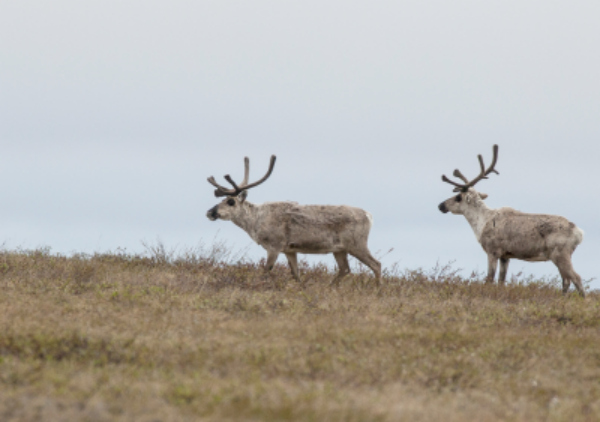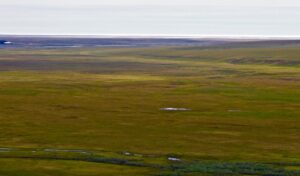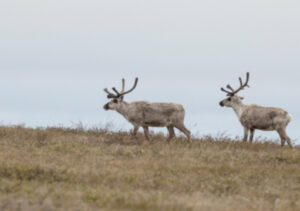
Feds put pristine Arctic at risk
Yesterday, Secretary of Interior Ryan Zinke made it clear that the White House plans to aggressively expand oil and gas development on public lands in the Arctic. The federal government is putting the Arctic at risk.
Arctic at risk
Zinke’s signing of a Secretarial Order to open more of the Arctic to drilling disregards all the other Alaskans and Americans who value these sensitive public lands in America’s Arctic for reasons other than oil and gas development. The order confirms that the White House intends to roll back protections in the National Petroleum Reserve-Alaska, also called the Western Arctic. Oil and gas development already takes place in the Western Arctic. The protections put in place for special areas, such as Teshekpuk Lake, safeguard the health of millions of birds and animals that use the region when migrating and giving birth.
Order threatens iconic coastal plain of Arctic National Wildlife Refuge

The Coastal Plain extends from the foothills of the Brooks Range to the Arctic Ocean. Photo courtesy of Vance Carruth.
The order also calls for reexamining the oil and gas potential on the Coastal Plain of the Arctic National Wildlife Refuge. Congress has blocked and the public has opposed development in the Refuge for almost 40 years. The pristine quality of the Refuge and its importance to wildlife, such as the Porcupine caribou herd, make its preservation essential.
Zinke did not point to any compelling need for more aggressive, less protective industrial activity in Alaska. He indicated instead a willingness to ignore the years of science and public input that went into the development of current plans and protections.
Trustees for Alaska will continue to fight to for the health of Arctic lands. We will fight for protections that safeguard areas where development occurs. We will fight to preserve vital areas like the coastal plain of the Arctic Refuge and Teshekpuk Lake in the Western Arctic.




